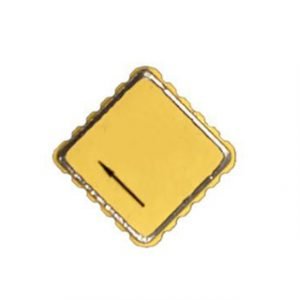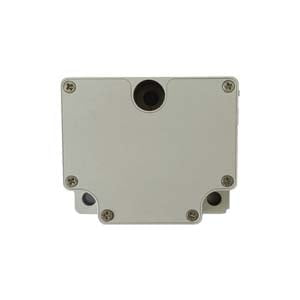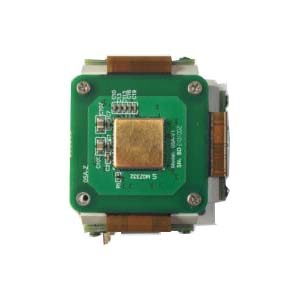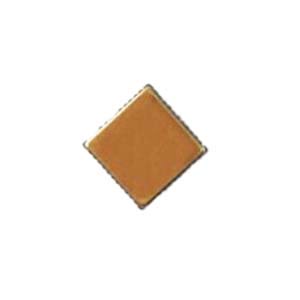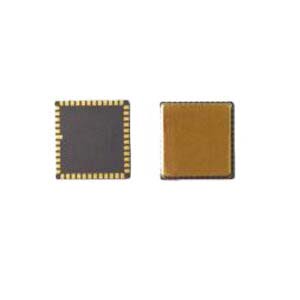The basic working principle of inertial navigation is based on Newton's laws of mechanics. By measuring the acceleration of the carrier in the inertial reference frame, integrating it with time, and transforming it into the navigation coordinate system, information such as speed, yaw Angle and position can be obtained in the navigation coordinate system. The gyroscope in the inertial navigation system is used to form a navigation coordinate system, the measurement axis of the accelerometer is stabilized in the coordinate system, and the heading and attitude Angle are given. The accelerometer is used to measure the acceleration of a moving body, and the velocity is obtained by integrating the time once, and the velocity is obtained by integrating the time once.
The inertial navigation system has the following advantages:
- Because it is an autonomous system that does not depend on any external information and does not radiate energy to the outside. Therefore, it has good concealment and is not affected by external electromagnetic interference.
- It can work all-weather and full-time in the air, on the surface of the earth and even underwater
- It can provide position, speed, heading and attitude angle data, and the generated navigation information has good continuity and low noise
- High data update rate, good short-term accuracy and stability.
The inertial navigation system has the following disadvantages:
- Due to the integration of navigation information, the positioning error increases with time, and the long-term accuracy is poor
- Long initial alignment time is required before each use
- The price of the equipment is more expensive
- Time information cannot be given
However, the inertial navigation has a fixed drift rate, which will cause errors in the movement of objects. Therefore, weapons with long ranges usually use commands, GPS, etc. to perform timing corrections on the inertial navigation to obtain continuous and accurate position parameters. Inertial navigation systems have developed flexible inertial navigation, fiber-optic inertial navigation, laser inertial navigation, MEMS inertial navigation and other methods. Gyroscopes have been developed from traditional wound gyroscopes to electrostatic gyroscopes, laser gyroscopes, fiber optic gyroscopes, and micromechanical gyroscopes. Laser gyro measurement has a wide dynamic range, good linearity, stable performance, good temperature stability and repeatability, and has always occupied a dominant position in high-precision applications. Due to the advancement of science and technology, the low-cost fiber optic gyroscope (FOG) and micromachined gyroscope (MEMS) have become more and more accurate, and have gradually replaced laser gyroscopes. For example, the accuracy of ERICCO's ER-MG2-100 high-precision MEMS gyroscope has reached 0.02 °/h, and the price is much cheaper than FOG.It designed for borehole/gyroscope, mining/drilling equipment, weapon/drone launch systems, satellite antennas, target tracking systems, etc., north finding, pointing, initial alignment, and also for high precision attitude measurement, stability control, positioning, navigation grade MEMS IMU/ INS, land survey/land mobile mapping systems, railway train systems, etc. It is the best, cost-effective, robust, reliable, small size, light weight and low power replacement for the middle and low navigation class fiber optic gyroscope.
The MEMS accelerometer is mainly for the acceleration generated when the carrier moves in a straight line, which is calculated by integral and input into the calculation software to obtain the required parameters, so the mems accelerometer is essential here. The MSME gyroscope is the accurate angle provided by the carrier mainly in the case of rotation. It can wait until the correct angle direction through the integral solution to ensure that the carrier will not deviate from the destination.
Therefore, the role of the mems accelerometer is to ensure the acceleration and the distance calculated by the integral solution when the carrier moves in a straight line.
More Technical Questions
1.MEMS Accelerometer Packaging Technology
2.What are the advantages of MEMS accelerometers?
3.What types of MEMS accelerometers are there?
4.MEMS Accelerometers and Piezoelectric Ceramic Accelerometers
5.Application of mems accelerometer in petroleum logging
6.How is the Package Features of MEMS Accelerometer?
Products in Article
